Obturator Nerve: Function, Supply and Injury
The Obturator nerve is a major peripheral nerve of the lower lumbar plexus and the nerve is formed by the spinal branches of L2-L4. The obturator nerve supplies the skin of the inner leg and muscles that provide inward motion (adduction) of the leg. The articular branches of the obturator and femoral nerves are responsible for most pain that occurs in the front and inner portion of the upper leg.
The obturator nerve is located just medial (midline) to the psoas and travels with this large muscle until it reaches the obturator foramen. Once the nerve is the obturator foramen it exits the pelvis and travels deep within the adductor muscles in a fascial sheet until it reaches and the back of the knee. These terminal branches of the obturator nerve innervates the posterior capsule of the knee joint.
Obturator nerve Entrapment
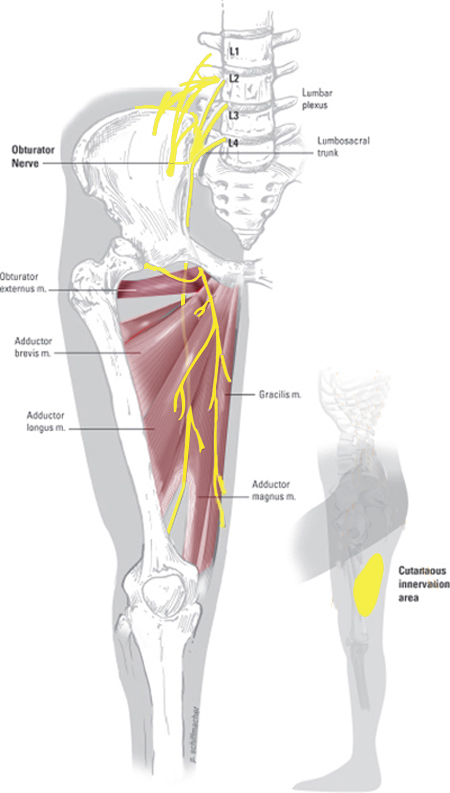
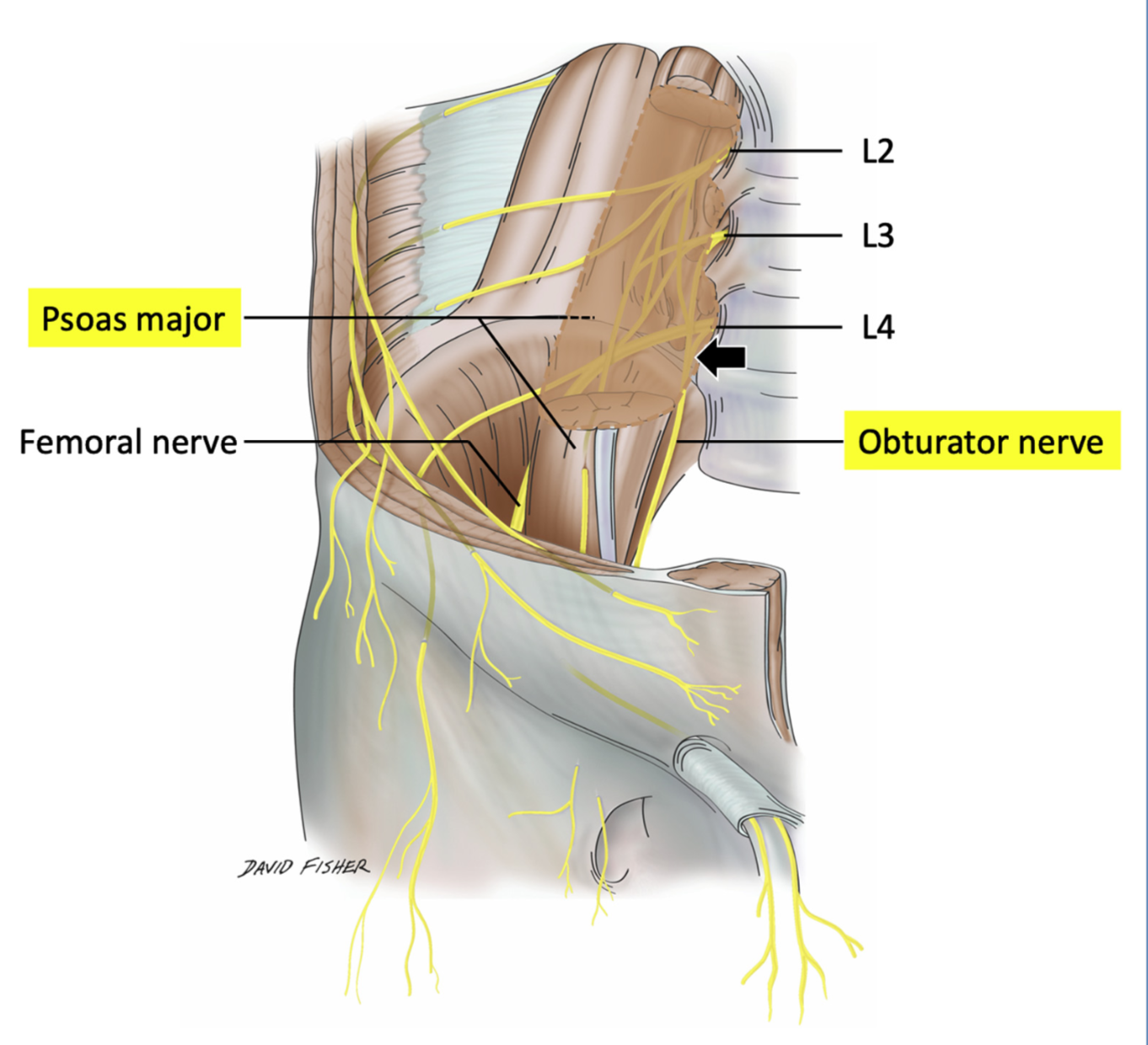
This nerve similar to any nerve in the body can become entrapped, injured or lack necessary mobility. Any one of these factors can cause pain, numbness, tingling or limited mobility.
Symptoms include:
- Groin Pain
- Weakness in Adduction (leg towards midline)
- Numbness on Inner Thigh
- Hip pain
- Knee pain
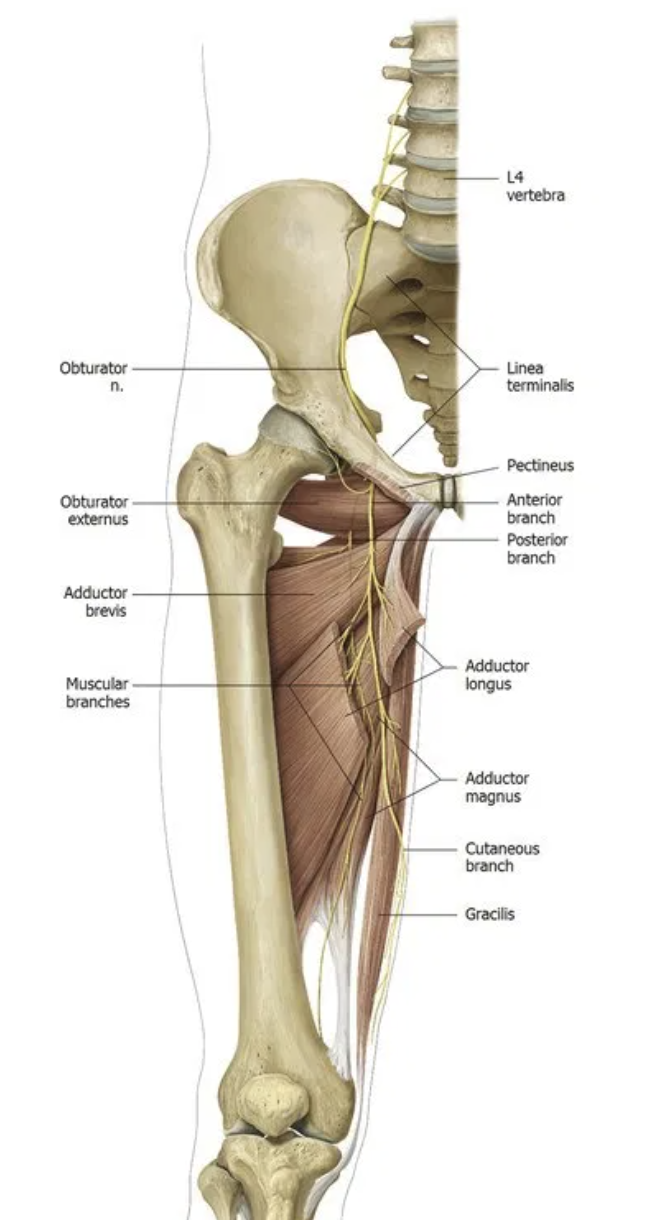
Common reasons for Obturator Nerve Pain
- Tight Psoas
- Tight or poorly controlled pelvic floor
- Stiff hips
- Scarring or fascial density in fascial sheet that surround the nerve
How do you Treat Obturator Nerve Pain?
- Reduce Psoas tightness by increasing core muscles coordination
- Increase both Mobility and stability to hips
- Stretch Obturator nerve with Neurodynamics
- Reduce scar tissue in fascia surrounding the nerve or it’s blood supply



GET IN TOUCH WITH DR. DEAN
YOU should be able to move the way you’d like to move without experiencing pain. YOU should be able to experience freedom and energy knowing there’s nothing holding back from giving your life 110%. Dr. Dean would like to learn more about your challenges with a quick phone or email before beginning treatment. Contact him today.



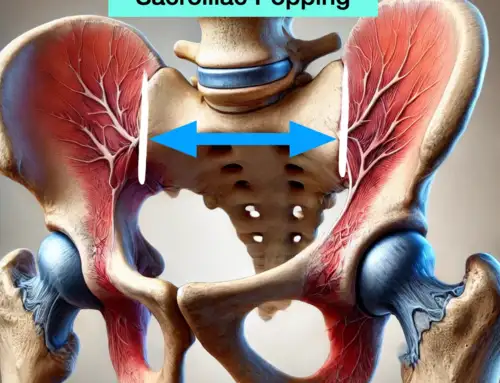

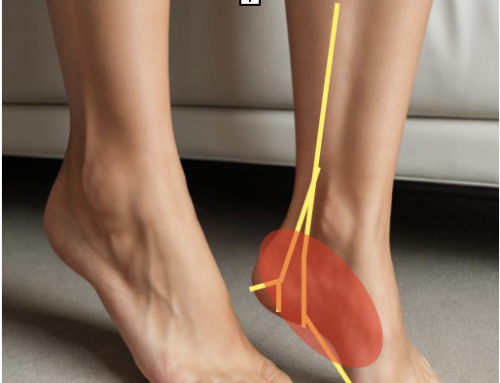
Leave A Comment